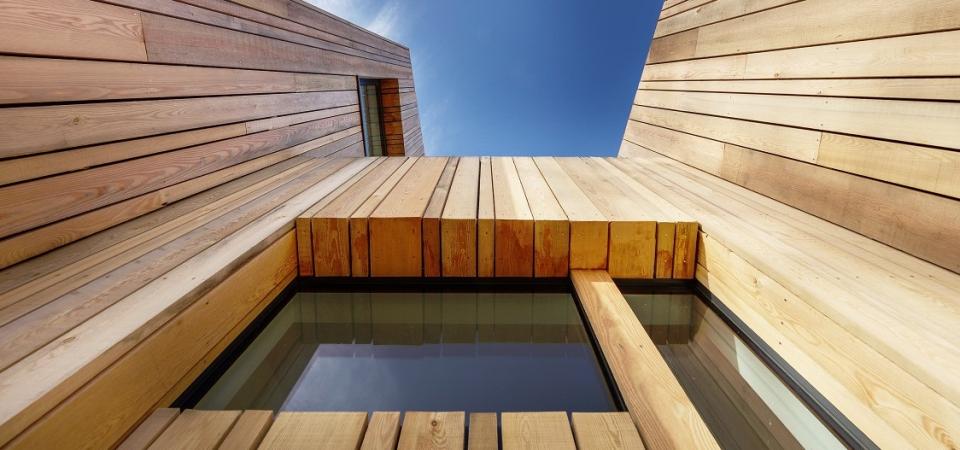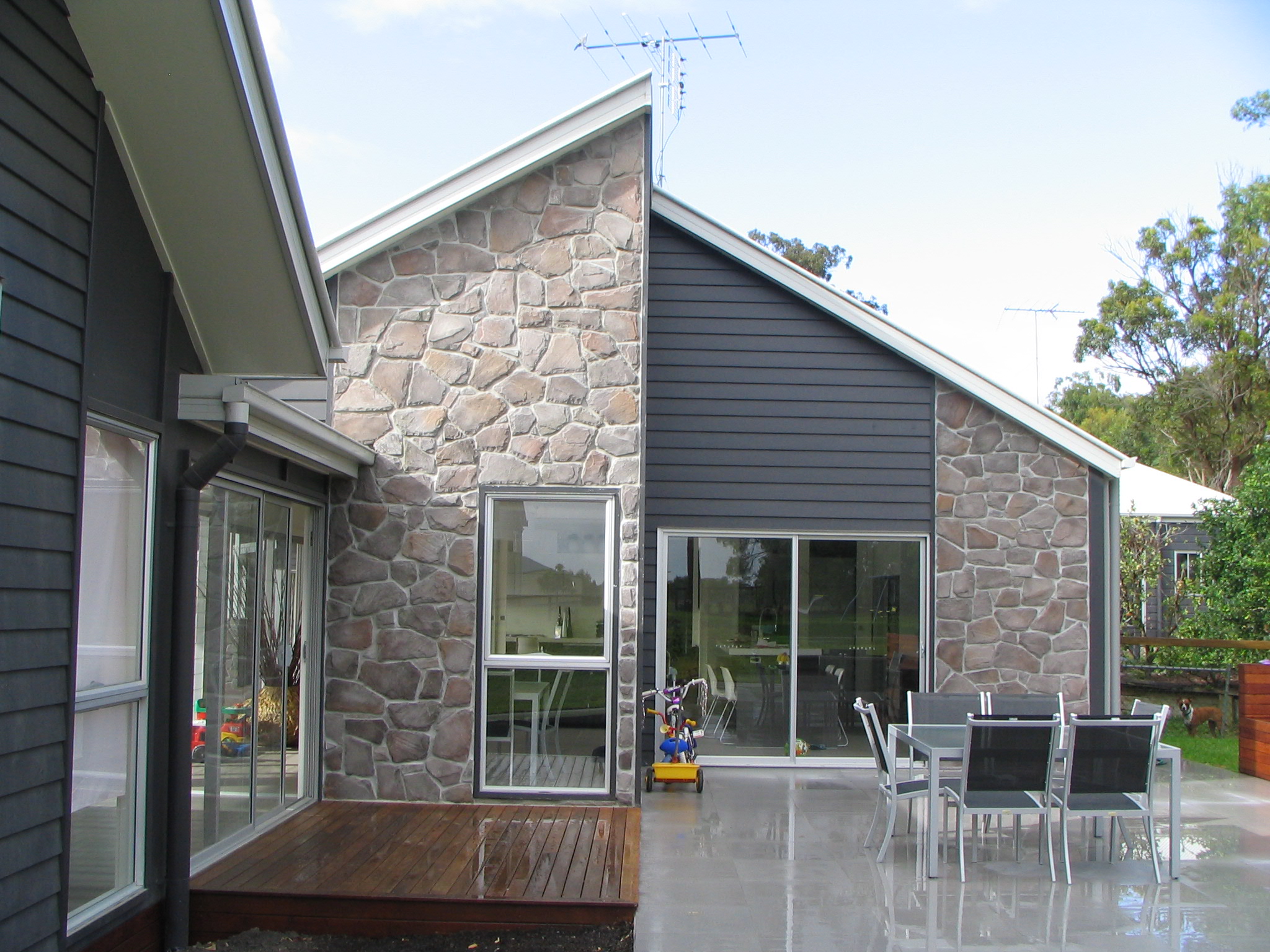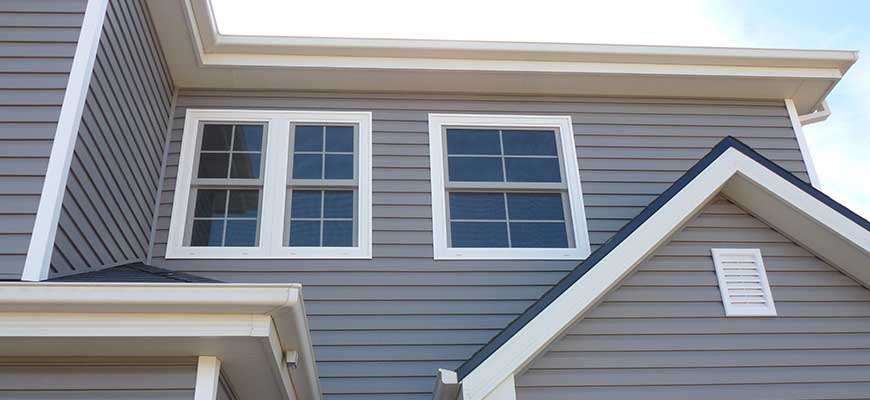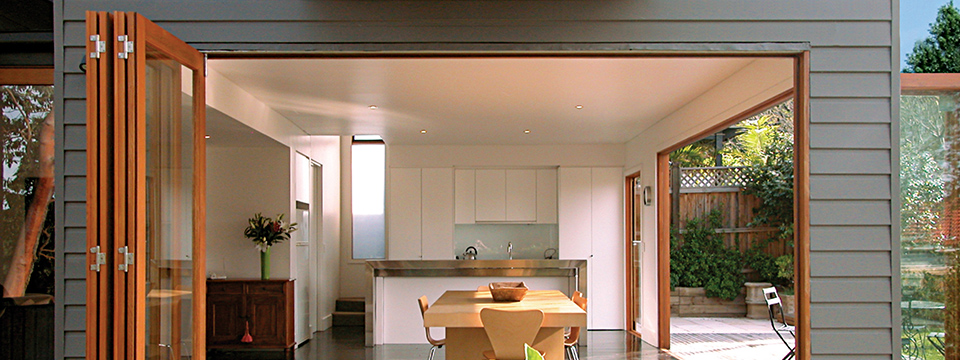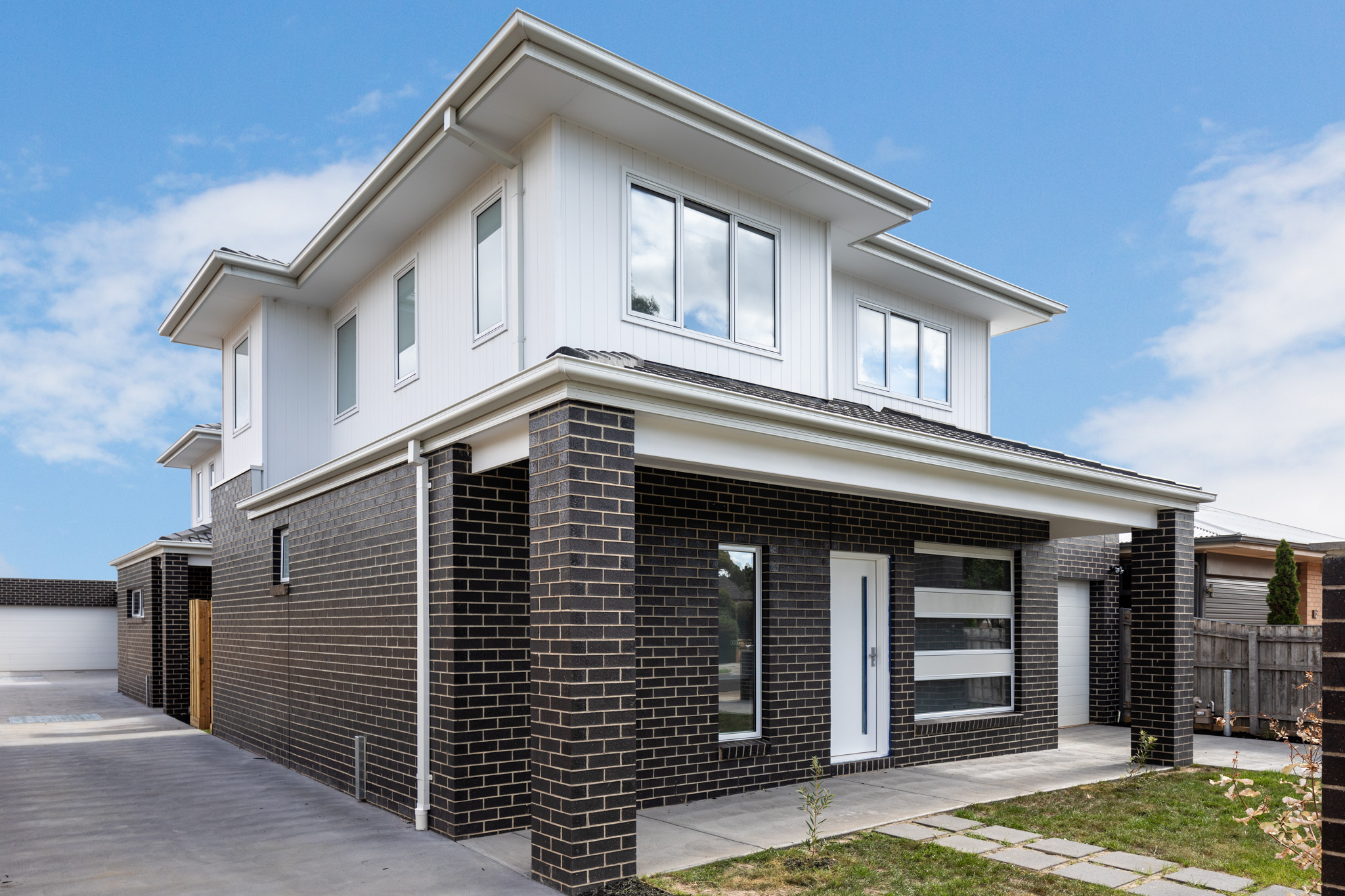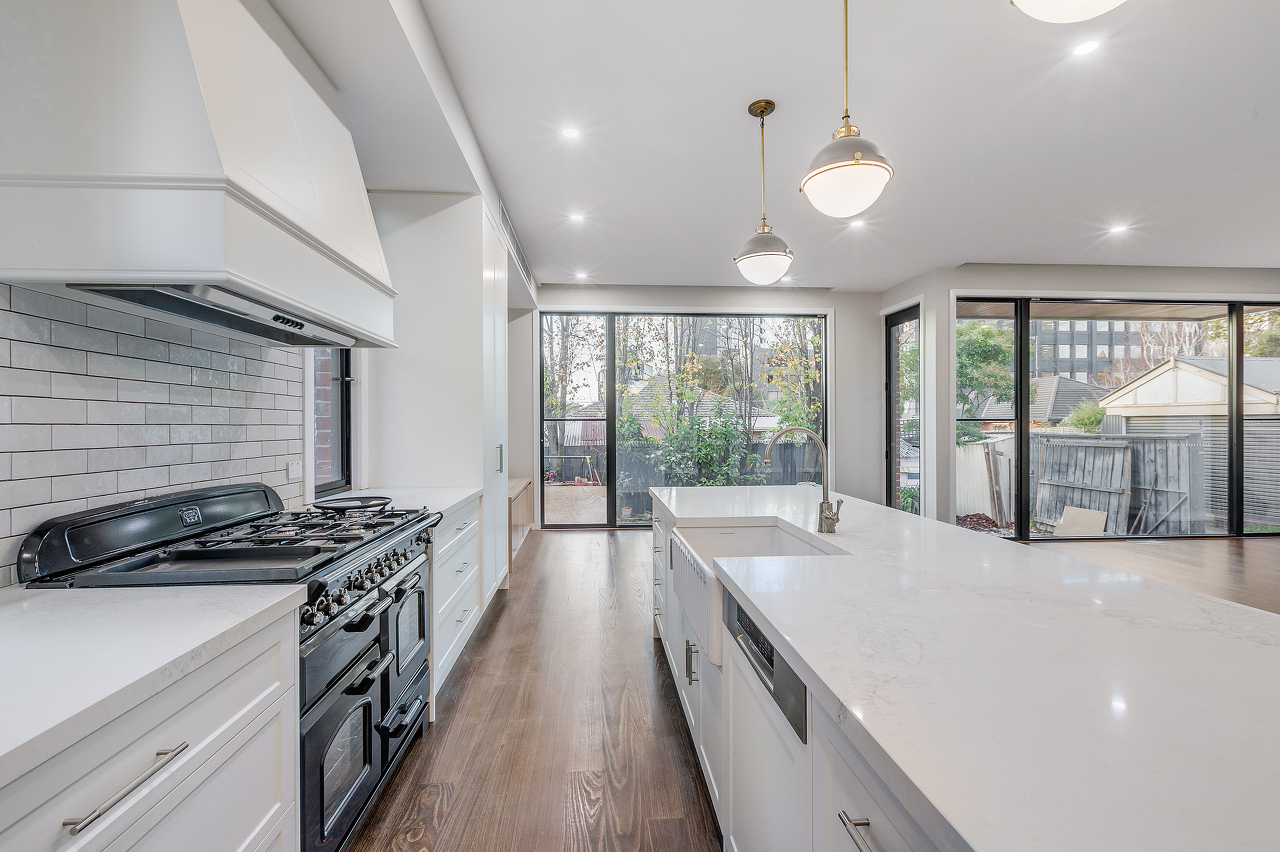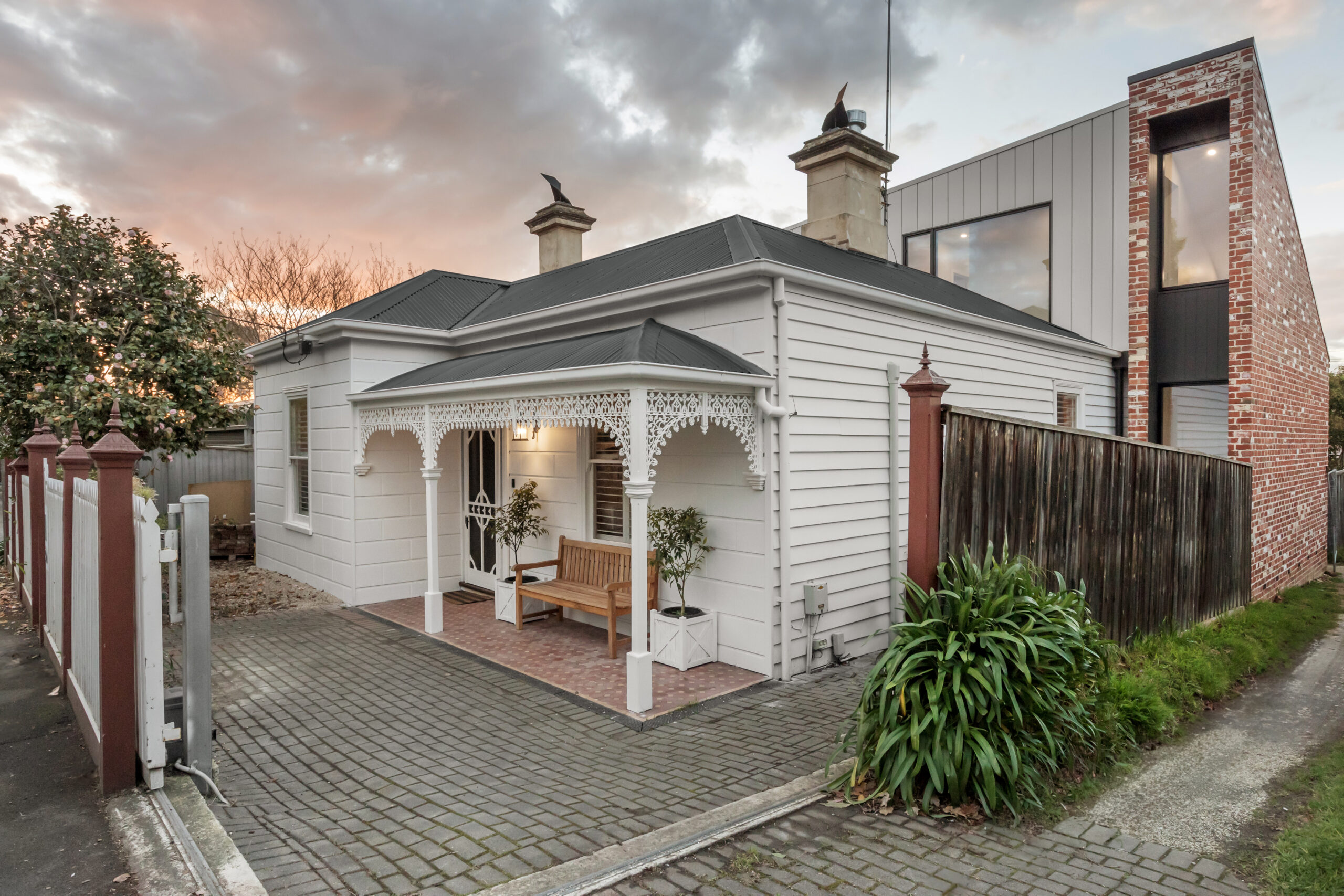External cladding is a nice finishing touch for a home extension or any other construction project and it can be a great investment on its own, even if you don’t plan any fundamental changes to your home. Cladding protects your home’s structural integrity, protecting the walls from the harsh weather and providing great insulation. There are many different cladding options on the market, so let’s compare them to figure out the best solution for your home.
Weatherboard
One of the most popular cladding types, weatherboard is often chosen for its cost-efficiency, versatility and practicality. It can be made from a variety of materials such as timber, hardwood, vinyl or fibre cement – giving you the creative freedom to choose the ideal look for your house exterior and find the best protection from the elements within your desired budget. Most weatherboards can be affixed to any surfaces and you can paint them over and refresh your home’s look at any time.
Timber
Here’s an old favourite. Timber has been a traditional cladding material for many centuries and still hasn’t lost its attraction. Nowadays it is also one of the most eco-friendly options available, since manufacturers use renewable sources, produce less waste and old timber can be recycled if you decide to replace it. That’s not likely to happen for a long time though, as timber is very durable and stays beautiful for many decades. Timber is also great for insulation and it’s a very lightweight material, reducing the structural strain on your home.
This type of cladding does require careful maintenance at least once or twice a year. Treating it against insect infestations, protecting it from humidity and just refreshing its colour can be a bit bothersome, so make sure you know what you’re getting into before choosing timber.
Stone
Another classic cladding type. Elegant and endlessly beautiful, stone cladding creates a sense of luxury, stability and peace and is known to increase the value of your property. Stone is colder than other cladding materials, making it ideal for hot climates like ours. Stone doesn’t trap heat inside your home and is easier to cool off.
Stone cladding does have some noteworthy drawbacks however. The first and most obvious one is the pricing as in addition to the material itself being expensive, the costs of transporting and installing it also stack up high. Those costs are increased by the fact that stone is a very heavy material which can create other problems as the strain on your home’s structure increases significantly. Finally, different kinds of stone can have different reactions to thermal fluctuations and other weather conditions, making some of them ill-suited for certain climates. Make sure to do your research on the kind of material that you’re planning to use.
Vinyl
For a modern solution, PVC, also known as vinyl or plastic cladding is the way to go. It is easily the most affordable type of cladding on the market, it has a very simple installation process and it requires next to no maintenance! There’s a rich palette of colours to choose from and, since the die is mixed with vinyl resin during production, the colour won’t fade or chip off. Unlike previous materials, vinyl doesn’t have any insulating properties of its own, so you’ll need to install additional insulation underneath it. Also, try to find a recycling facility if you’re dismantling old vinyl cladding, as it’s not bio-degradable and can be dangerous for the environment if simply left on the ground.
Fibro
This is another affordable low-maintenance material. Fibre cement is a composite of sand, cellulose fibres and cement making it resistant to water damage and warping, impervious to insects and rot, lightweight and generally easy to install and deal with. Like with plastic cladding, it is also recommended to install additional insulation as well as sound treatment with your fibre cement cladding.
Brick
Finally for something simple and reliable. Despite being fairly straightforward in concept, brick cladding is one of the most versatile materials for creating a wide variety of looks. You can combine different coloured bricks into pattern, play up a contrast between the colours of bricks and adhesives or simply render over your cladding to style your home in whatever way you like. Brick is also great for thermal insulation and it is very stable structurally and relatively light.


